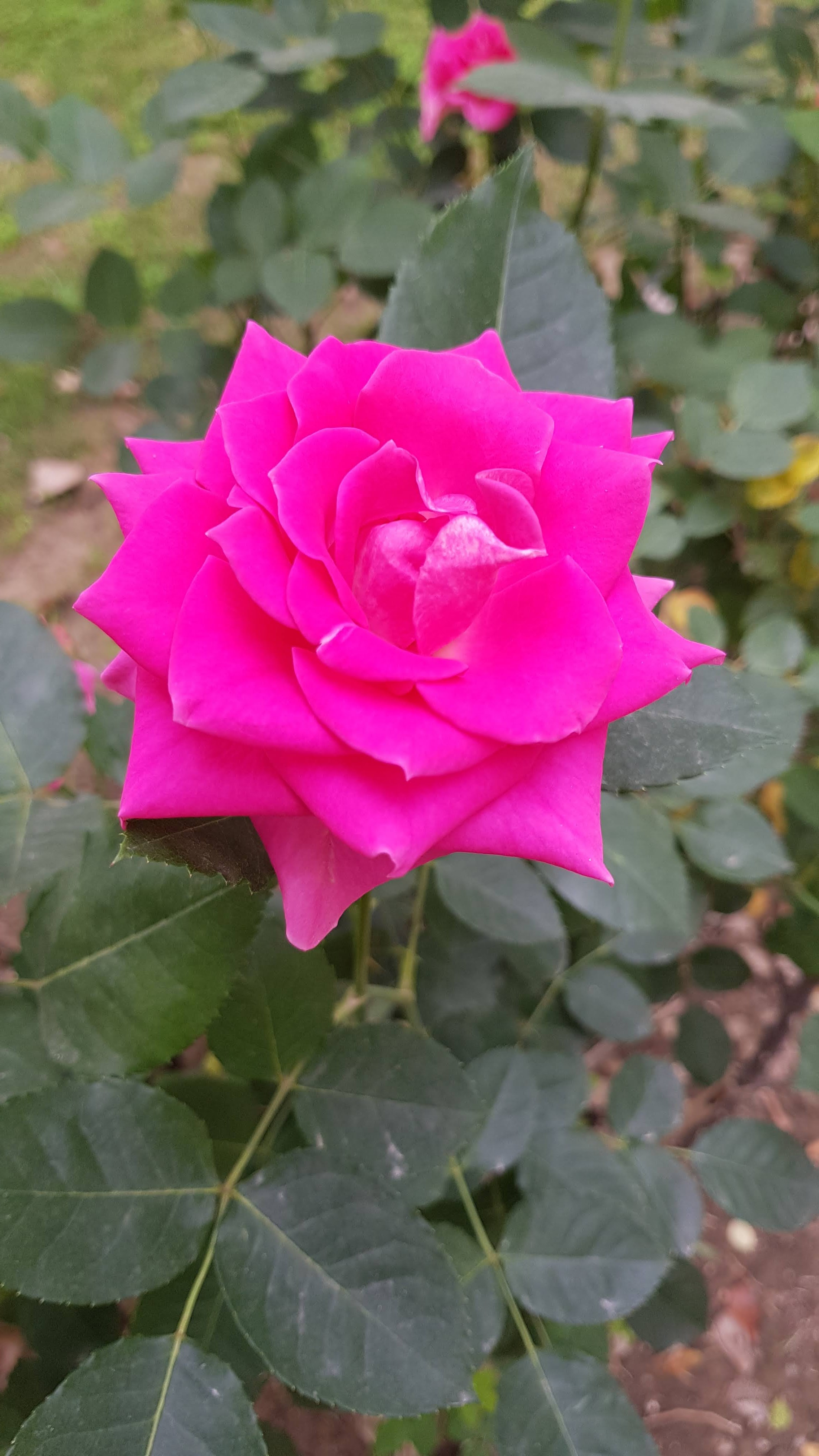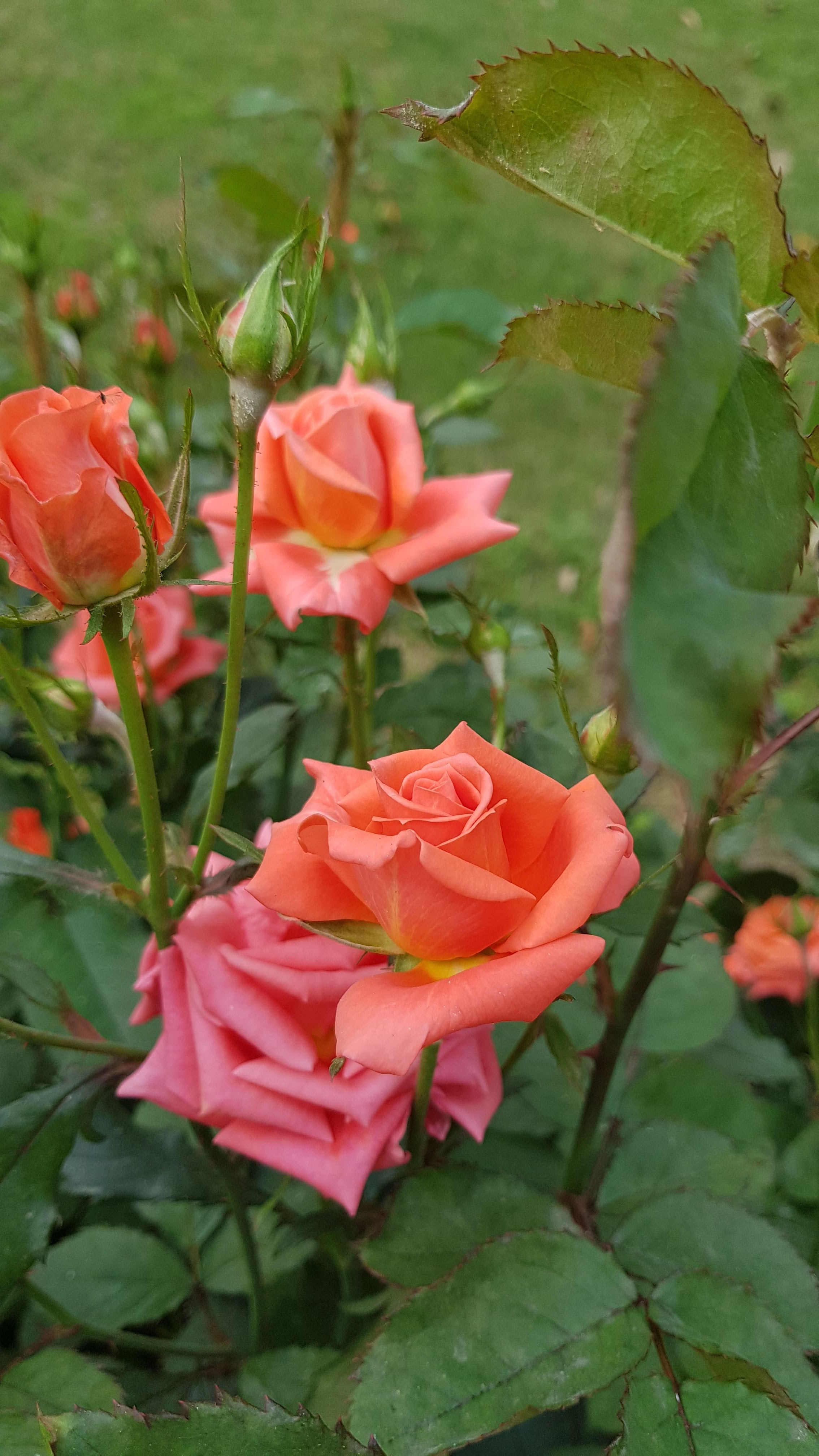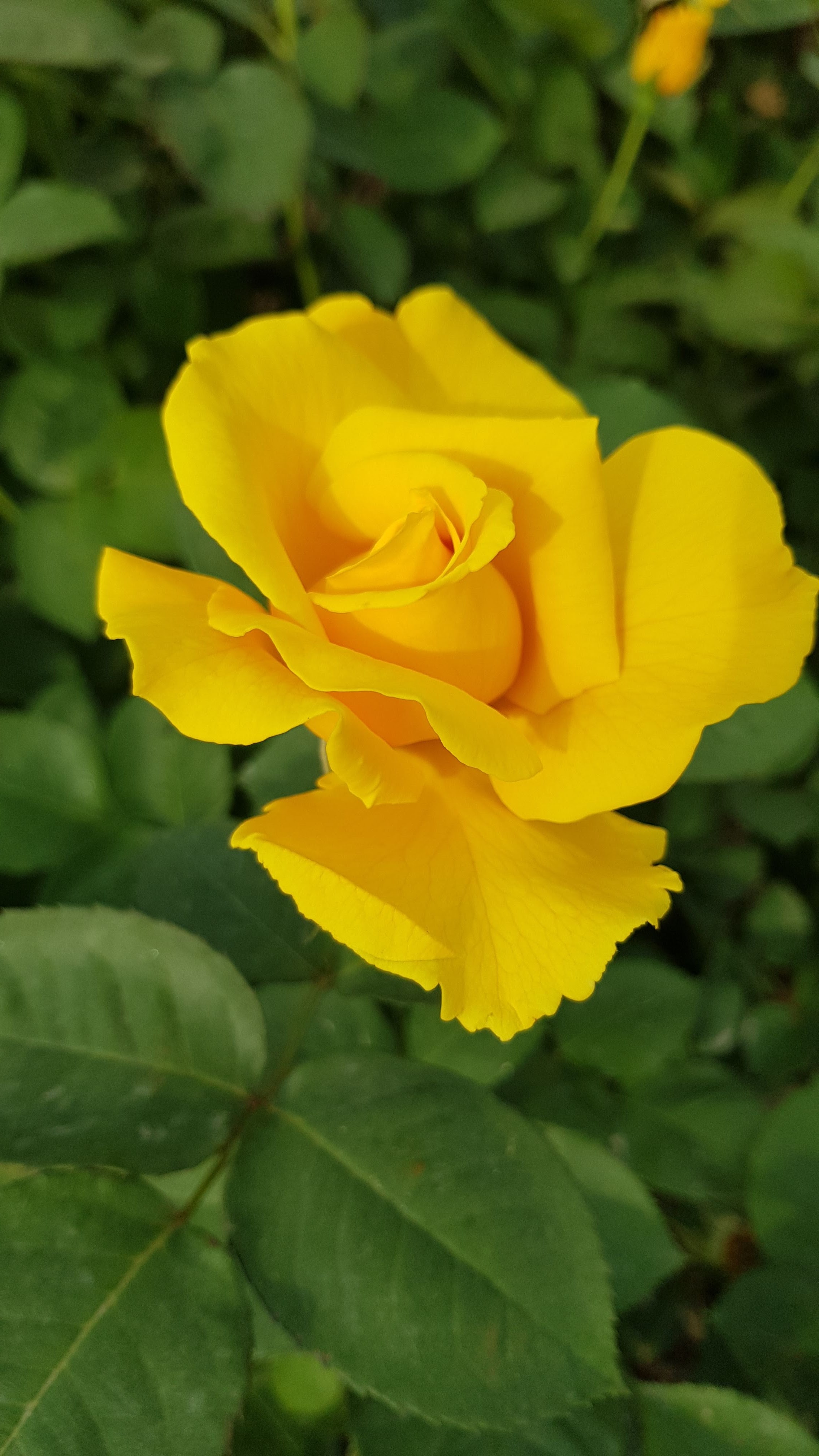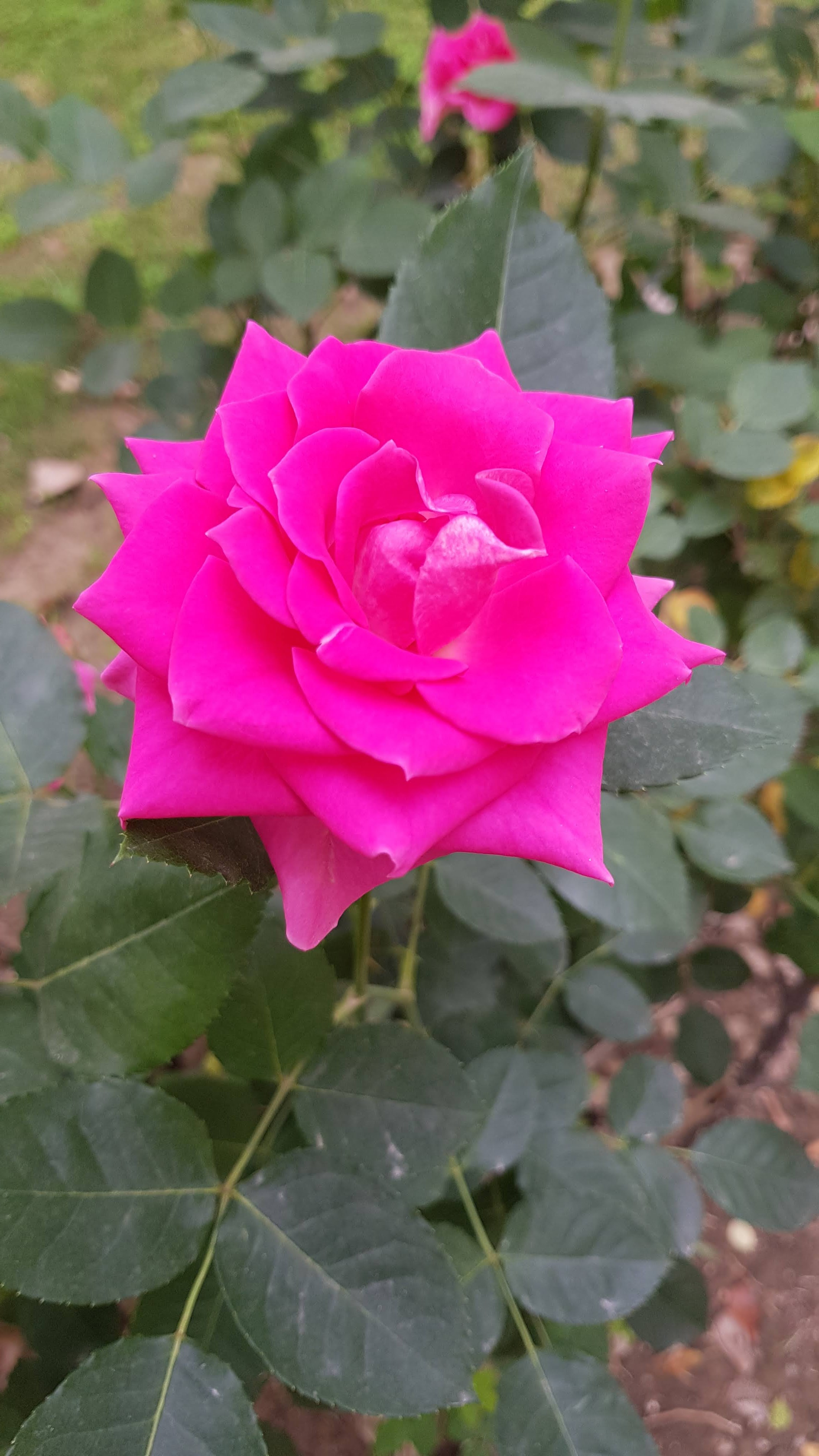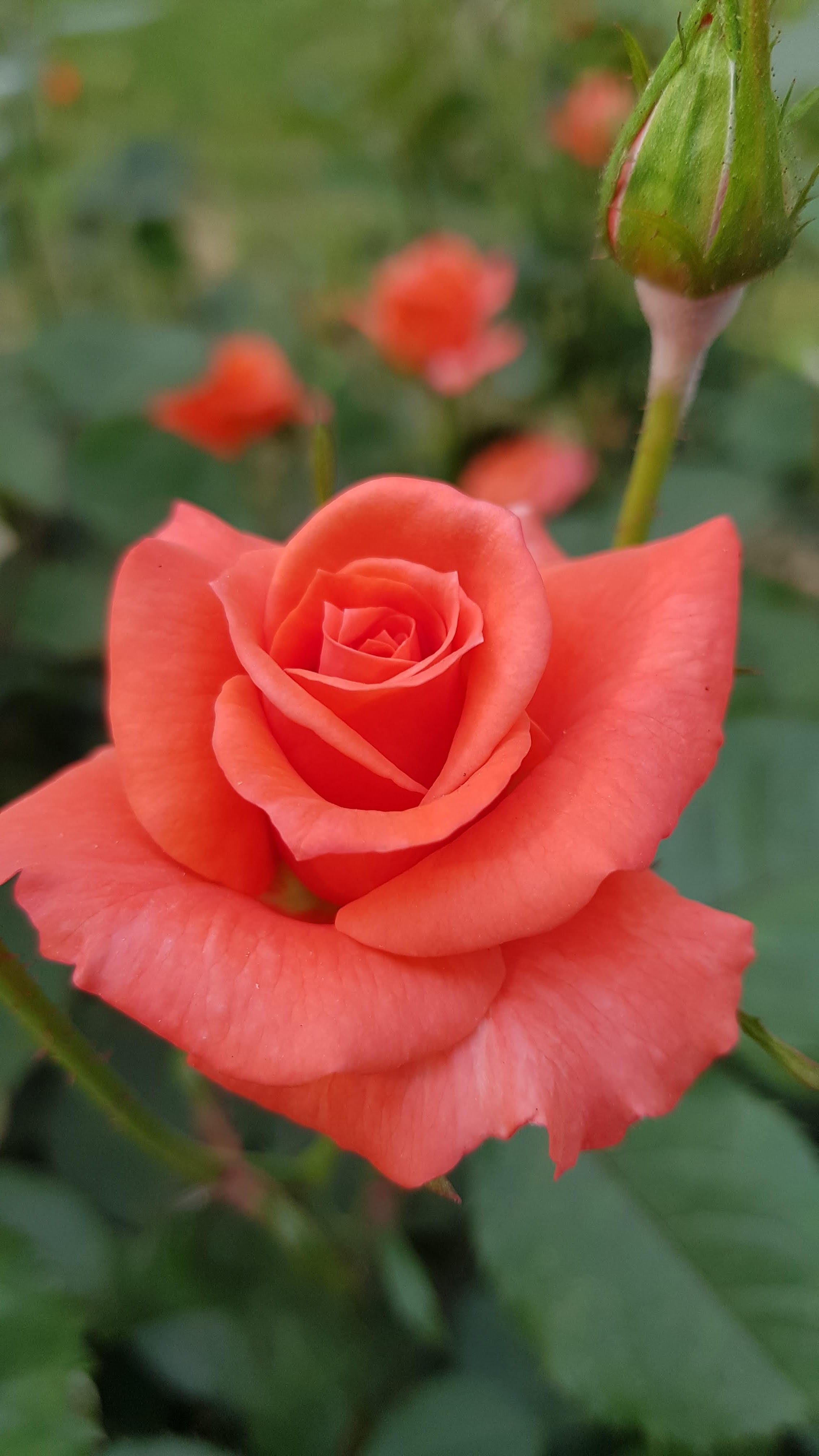Rosa chinensis
Species
Families
Local Names
Genus
Native/Introduced
DNA Barcode
Description
Rosa chinensis known commonly as the China rose, Chinese rose, or Bengal rose, is a member of the genus Rosa native to Southwest China in Guizhou, Hubei, and Sichuan Provinces. The first publication of Rosa chinensis was in 1768 by Nikolaus Joseph von Jacquin. It is a shrub that reaches 1–2 m and grows in hedges or forms thickets. The leaves are pinnate, have 3–5 leaflets, each 2.5–6 cm long and 1–3 cm broad. In the wild species (sometimes listed as Rosa chinensis var. spontanea), the flowers have five pink to red petals. The fruit is a red hip one to two cm in diameter. The strong branches have a smooth purplish-brown bark, and there may be many to no curved, stocky, flat spines. The alternately-arranged leaves, 12 to 27 cm long, are pinnately divided. The petiole and the rachis are sparsely spiny, with glandular hairs. The leaf blades usually have three or five or, rarely, seven leaflets, 2.5 to 6 centimeters in length, with a width of 1 to 3 centimeters, ovate or ovate-oblong with a weak-rounded or broad and wedge-shaped base, a more-or-less long, tapered apex and sharply toothed edge. The upper surface is shiny and dark green. In China, the flowering time of R. chinensis ranges from April to September. Rarely, the flowers are solitary; usually appearing in groups of four or five. The 2.5 to 6 cm long pedicel has variable hairiness. The one to three naked bracts are linear, with a pointed apex and a smooth or glandular margin. The flowers have a mild fragrance.
The hermaphrodite flowers have radial symmetry, with a diameter of four to five cm, and may be double. There are cultivated forms with simple to more or less strongly double flowers, which are also wild in China and nearby areas of temperate latitudes. The bald flower cup is egg-shaped, spherical or pear-shaped. The early-dropping sepals are ovate or sometimes leaf-like, simple or lobed, cupped towards the apex. The five to several or many petals are white-over-pink to red or purple, obovate with a wedge-shaped base and a rounded apex. There are many stamens. The free, hairy style is almost as long as the stamens. In China, the fruits ripen from June to November, turning red. They are egg-shaped to pear-shaped, with a diameter of one to two centimeters. In China, the flowering time of R. chinensis ranges from April to September. Rarely, the flowers are solitary; usually appearing in groups of four or five. The 2.5 to 6 cm long pedicel has variable hairiness. The one to three naked bracts are linear, with a pointed apex and a smooth or glandular margin. The flowers have a mild fragrance.
The hermaphrodite flowers have radial symmetry, with a diameter of four to five cm, and may be double. There are cultivated forms with simple to more or less strongly double flowers, which are also wild in China and nearby areas of temperate latitudes. The bald flower cup is egg-shaped, spherical or pear-shaped. The early-dropping sepals are ovate or sometimes leaf-like, simple or lobed, cupped towards the apex. The five to several or many petals are white-over-pink to red or purple, obovate with a wedge-shaped base and a rounded apex. There are many stamens. The free, hairy style is almost as long as the stamens. In China, the fruits ripen from June to November, turning red. They are egg-shaped to pear-shaped, with a diameter of one to two centimeters.


